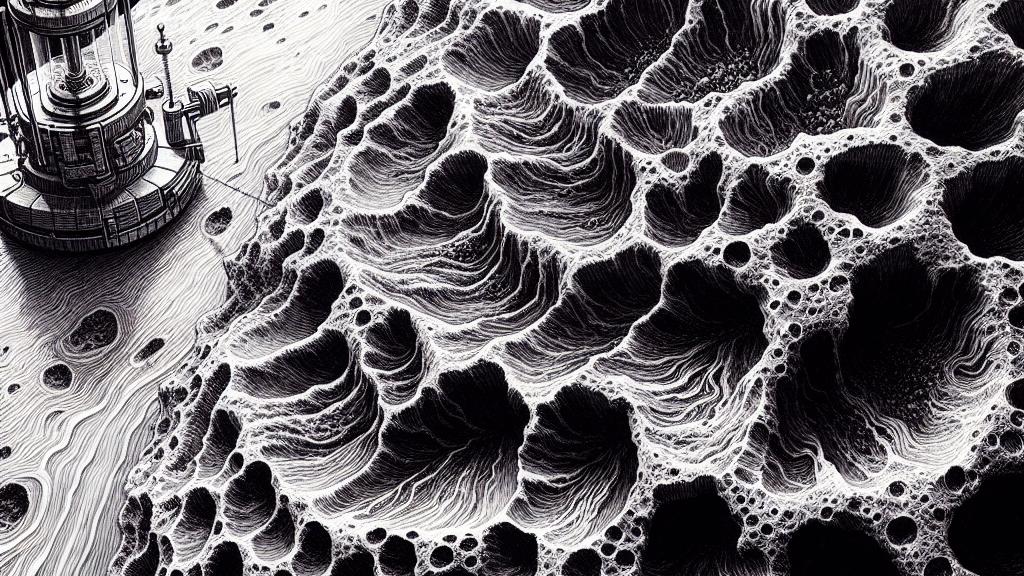Understanding the Gullies on Asteroid Vesta
Overview
- Vesta, the giant asteroid between Mars and Jupiter, features mysterious deep channels known as gullies.
- NASA scientists simulated conditions on Vesta to investigate how these gullies may have formed.
- Their research indicates that impacts from meteoroids could have triggered flows of salty water, shaping the landscape.

What’s Happening on Vesta?
Imagine wandering through the vastness of space, and stumbling upon Vesta, a massive asteroid adorned with intriguing surface features called gullies. These deep channels have puzzled scientists for years, sparking theories and debates about their origin. One leading hypothesis suggests that they were created by dry flows of debris, stirred up by meteoroid impacts and fluctuations in temperature—much like how rainfall carves out channels on Earth. But a groundbreaking NASA study takes us a step further, proposing that these gullies might have formed from sudden bursts of flowing salty water! Can you picture that? By creating a mini version of Vesta in the lab, researchers set out to uncover the thrilling secrets hidden under its surface.
The Science Behind the Gullies
To explore the truth, NASA scientists turned to an innovative piece of equipment known wonderfully as DUSTIE, which stands for Dirty Under-vacuum Simulation Testbed for Icy Environments. What a name! This lab tool helps simulate the conditions found on Vesta after a meteoroid strike. During their fascinating experiments, scientists discovered something remarkable: while pure water freezes almost immediately in a vacuum, a special concoction of salty water—it's brine, like what you find in pickles—can remain liquid for a whole hour! Yes, that’s right, an entire hour! This revelation opens up the possibility that salty water could flow across Vesta's surface long enough to sculpt those striking gullies we see today, making the alien landscape surprisingly similar to riverbanks here on Earth.
Why Salt Makes a Difference
Now, you might be wondering why salt is such a superstar in this cosmic tale. Sodium chloride, or table salt, turns out to be crucial for keeping these liquids flowing even in freezing temperatures. During the experiments, researchers found that when meteoroids bombard Vesta, they create intense heat enough to melt subsurface ice into briny streams. Imagine ice melting into a trickling river, not in your backyard, but on a distant asteroid—how cool is that? This fascinating understanding of the potential for salty water altering Vesta’s surface helps scientists draw connections to similar processes that may occur on other celestial bodies, like Ceres, further igniting our curiosity and excitement about the mysteries waiting to be uncovered in the universe.

Loading...